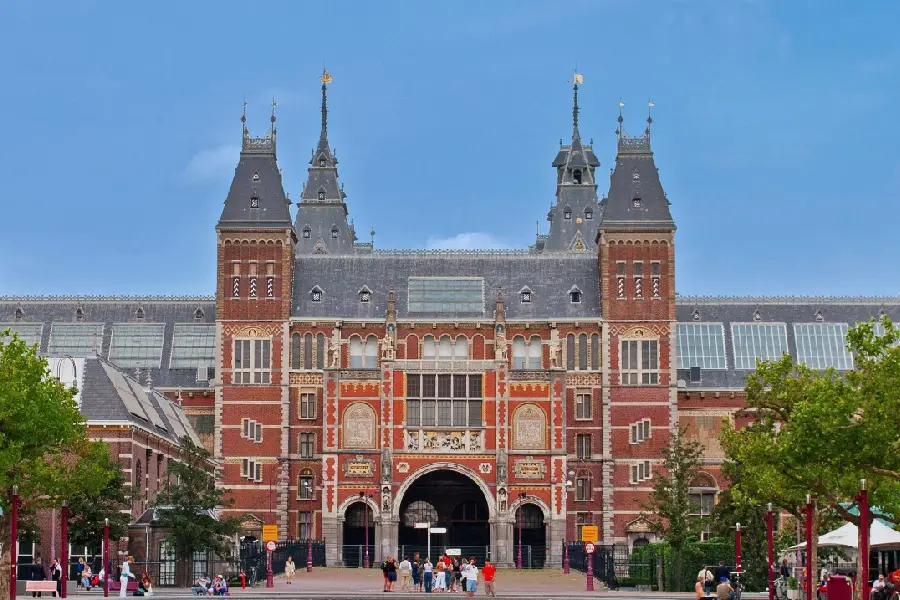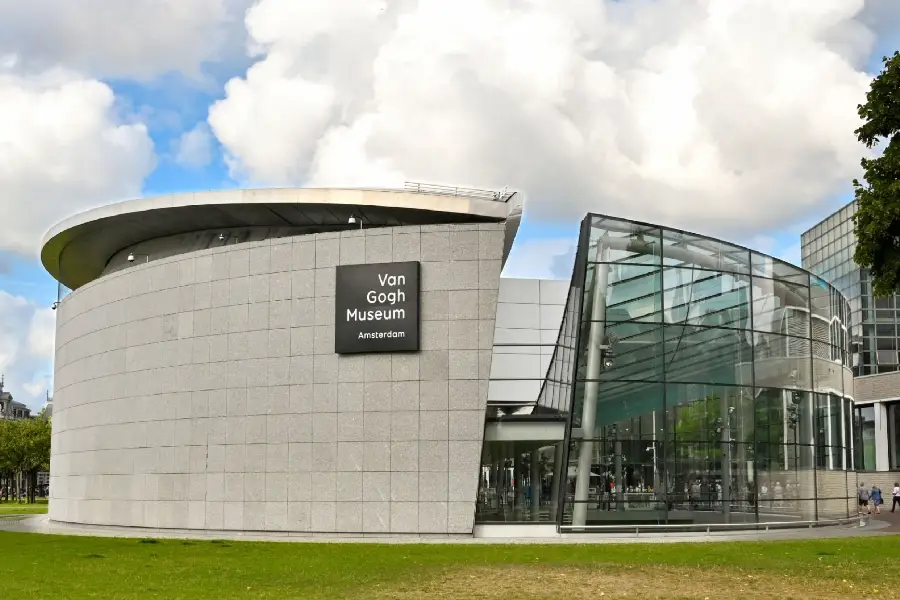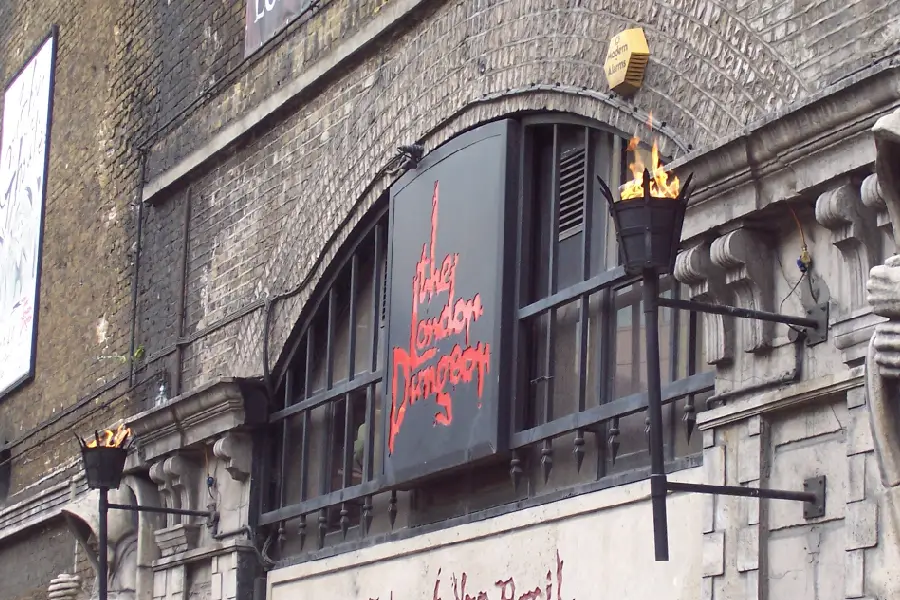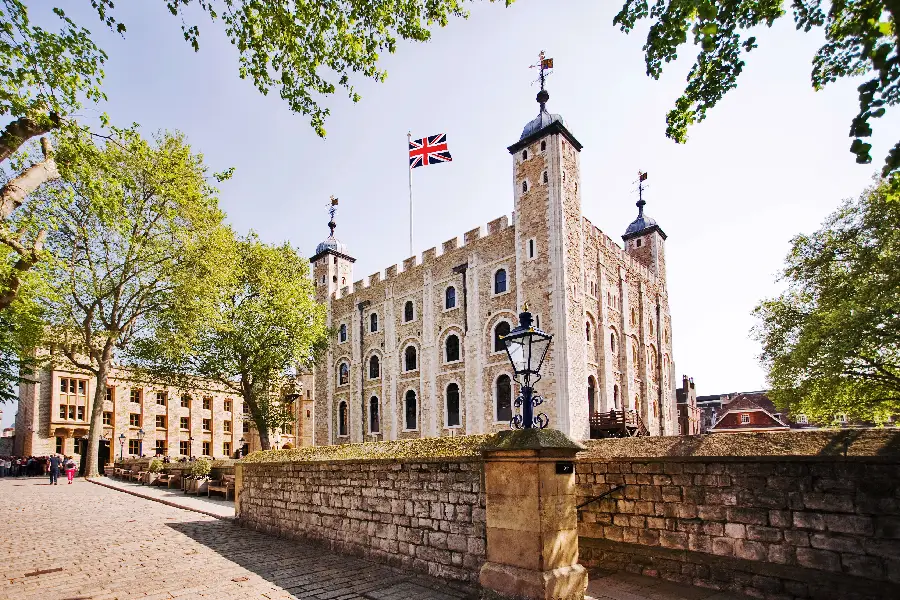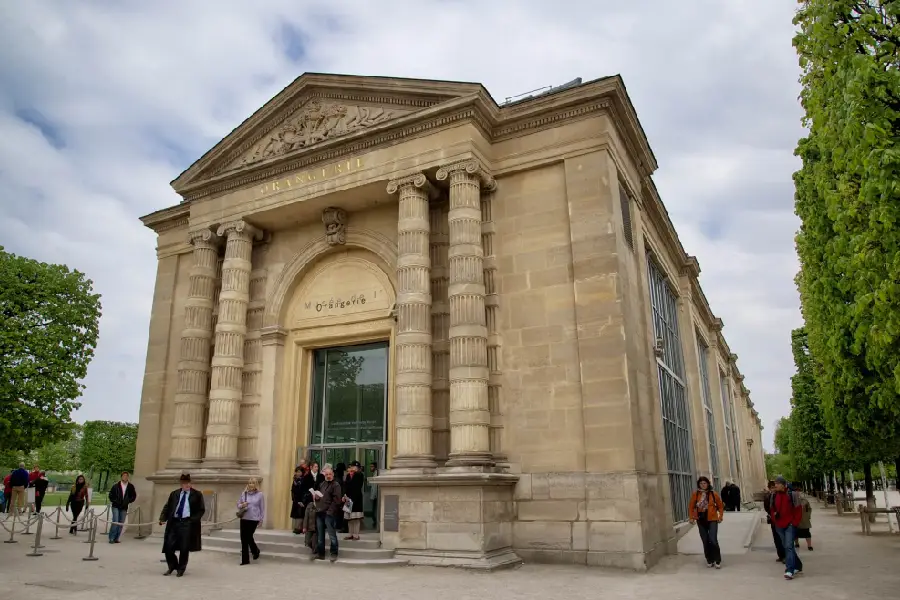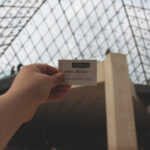The title “Anne Frank House” (Anne Frank Huis in Dutch) references the house of Anne Frank. It is found in the Netherlands’ Amsterdam. The house is a museum remembering Anne Frank, a young Jewish woman who survived Nazi persecution during World War II and went underground with her family. Anne Frank carried a diary in which she recorded her experiences, which was eventually published as “The Diary of a Young Girl.”As an honor to Anne Frank and thousands of others who died of the Holocaust, the Anne Frank House had been created.
Table of Contents
Where is the Anne Frank house?
The Anne Frank House, also known as the Anne Frank Huis, is located in Amsterdam, the capital of the Netherlands in Europe. To reach Amsterdam, one can fly into Amsterdam Schiphol Airport (AMS) and then take a 15-20 minute train ride to Amsterdam Central Station. From there, it’s a 20-minute walk to the museum. Alternatively, tram 13 or 17 can be taken, with a stop at Westermarkt, followed by a 10-minute walk from Dam Square.The Anne Frank House is located at Prinsengracht 263-267, alongside the renowned Prinsengracht canal. The museum entrance is conveniently situated around the corner at Westermarkt 20.
Ticket to Anne Frank House
Purchasing your tickets directly in advance is a great idea to avoid regret and long lines. Tickets can be purchased from Tours Travel Finder or other approved ticketing sites.Sometimes tickets are offered for specified periods in order to limit the number of attendees and offer an easier time.To get the most out of your visit, make sure you arrive at your assigned slot on time.If you plan to go in a group, inquire about available group rates and booking choices.Think considering getting an audio guide when you purchase your tickets. The following sources provide detailed analysis that improves your awareness of Anne Frank’s tale and its place in history.
Anne frank house hours
The museum opens its doors each day from 9 AM to 10 PM from April to October. The museum stays open till 7 PM from November to March, and it ends at 10 PM on Saturdays. Particularly, the museum starts at 8:30 AM in the heat of the months of June, July, and August to welcome early visitors.
What was the diary of Anne Frank in World War 2?
An amazing and moving story of a Jewish girl’s adventures during World War II may be discovered in The Diary of Anne Frank. Teenage German-Jewish Anne Frank escaped the Nazi repression of Jews by fleeing into hiding in Amsterdam with her family. For over two years, from 1942 to 1944, the family and four others stayed in a covert annex above her father Otto Frank’s office.
Anne kept an extensive diary during this period, referring to an imaginary partner she called Kitty. She talked about her feelings, ideas, and everyday events while living in hiding, giving an insider’s view of the struggles and concerns that Jews faced all over the Holocaust. Introspection, a thirst for knowledge, and the obstacles of adolescence against a wartime backdrop are all present in Anne’s writing.
Tragically, the hiding site eventually got impaired, and in August 1944 the Nazis imprisoned its inhabitants. Only a few weeks before the camp was freed by the Allies in March 1945, Anne Frank passed away from typhus in the Bergen-Belsen prisoner camp.
The final living member of the Frank family, Otto Frank, discovered Anne’s journal when he returned to Amsterdam after the war. He established plans for the diary to be edited and published with the goal to satisfy his daughter’s dream to become an author of fiction. Since then, The Diary of Anne Frank continues to be one of the most read and translated pieces of writing around the globe, offering a human and personal look at the atrocities of the Holocaust.
Who survived Anne Frank house
Otto Frank, Anne’s father and the sole surviving member of the Frank family in the Holocaust, was among those who lived in the Anne Frank House. Once he got back to Amsterdam after the war, he began working on obtaining Anne’s diary after discovering it. The Frank family was greatly helped by others who survived who also had a part in hiding them, such Bep Voskuijl, Johannes Kleiman, Miep Gies, and Victor Kugler. The world was capable of discovering Anne Frank’s captivating story and protecting her legacy thanks to Otto Frank’s survival and the help of those who backed the Frank family.
Conclusion
To clear up, the Anne Frank House is a remarkable reminder of the human spirit, resilience while and the lasting effect of a little girl’s diary. The museum, which retains the covert place where Anne Frank and her family got protection during the height of World War II, recognizes the echoes of those who lost and acts as a successful instrument for instruction. Otto Frank, Anne’s father, and the devoted people who helped them endure are symbols of human kindness and the value of documenting history.
Can I visit the Anne Frank House in person?
Yes, the public may visit the Anne Frank House. Discover about Anne’s life, diary entries, and the cultural context of the Holocaust while touring the museum.
Are guided tours available?
Yes, people who are looking for a more detailed and educational journey may opt for guided tours.
Is photography allowed inside the Anne Frank House?
No, because it’s important to keep the somber ambiance and the privacy of other visitors. photography is not permitted within the museum.


